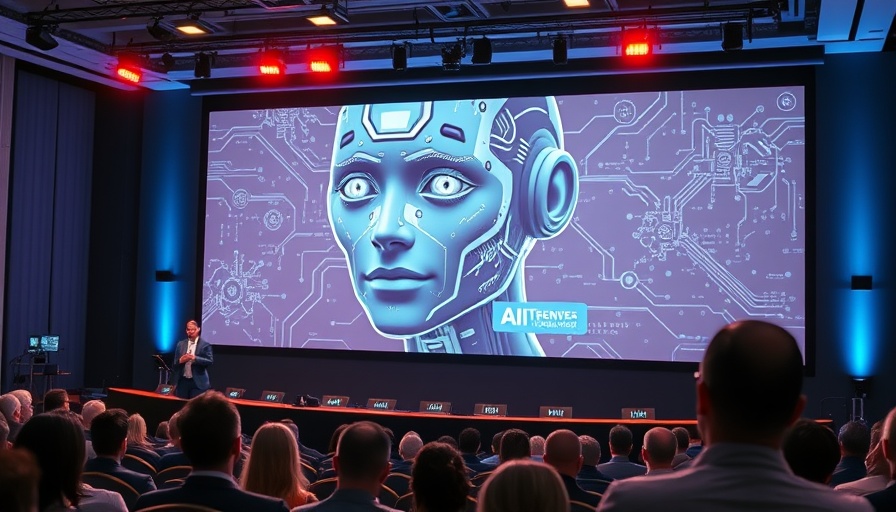
The Future of Data with Google’s MAD Algorithm
Google's recent collaboration with MIT to develop the MAD (Max Adaptive Degree) algorithm introduces a pivotal shift in how digital platforms can analyze user data without compromising privacy. As the digital landscape becomes increasingly complex, this algorithm enhances platforms like Google, YouTube, and TikTok by enabling them to identify nuanced trends and rare topics while keeping user anonymity intact.
In 'Google Introducing MAD: The Internet Will Never Be The Same', the discussion dives into Google's groundbreaking algorithm, exploring insights that sparked deeper analysis on emerging trends in AI marketing software.
Revolutionizing AI with MAD
The MAD algorithm functions like an intelligent traffic director for data. By adjusting the representation of certain data points based on their significance, it allows underappreciated yet valuable insights to emerge from the vast amount of data generated daily. This innovation not only improves recommendations on platforms but also significantly enhances user experience by introducing fresh content that resonates with niche audience segments.
Microsoft’s Voice AI: A Game Changer for Interaction
As Google moves towards better data handling, Microsoft is broadening the field of AI with its new open-source voice model, Vibe Voice 1.5B. This technology is capable of producing remarkably realistic lengthy conversations with multiple speakers. The potential applications for businesses in customer service and content creation are immense; imagine an AI that can handle customer inquiries or produce high-quality audio content seamlessly.
Musk’s New Company and Legal Battles
Elon Musk's announcement of his new AI company, Macrohard, emphasizes a strategic pivot towards software development powered by AI. His legal challenges, including lawsuits against Apple and OpenAI, reflect a significant push for competitive fairness in the tech arena. This situation is important for business owners to monitor, as the outcomes may shape the landscape for AI and tech regulation.
Predictive Insights from IBM and NASA
Another striking development comes from IBM and NASA's collaboration to create Surria, an AI model designed to predict solar storms. This initiative showcases how AI can be used to foresee natural phenomena that might disrupt modern technology, thus providing critical insights for businesses reliant on uninterrupted operations. The ability to forecast solar events effectively can help safeguard telecommunications and energy sectors.
Implications for Business Owners
As we observe advancements like MAD and conversational AI, business owners must consider how these technologies can optimize operations and enhance customer engagement. Embracing AI marketing software can provide the competitive edge necessary for businesses to thrive in an increasingly digital world.
Actionable Strategies for Entrepreneurs
Incorporating AI into your marketing strategy isn't merely a trend—it's becoming essential. Businesses should explore AI marketing software tools that align with their operational goals. These technologies can enhance data-driven decisions, improve marketing outreach efficiency, and turn data analysis into actionable strategies.
Final Thoughts: Step into the Future
As technology progresses at a staggering pace, these developments highlight the importance of staying informed and adaptable. For entrepreneurs, understanding and integrating these advancements can lead to more efficient business practices and improved customer experiences. Don't be left behind—consider how an AI assistant can revolutionize your operations.
 Add Row
Add Row  Add
Add 




Write A Comment